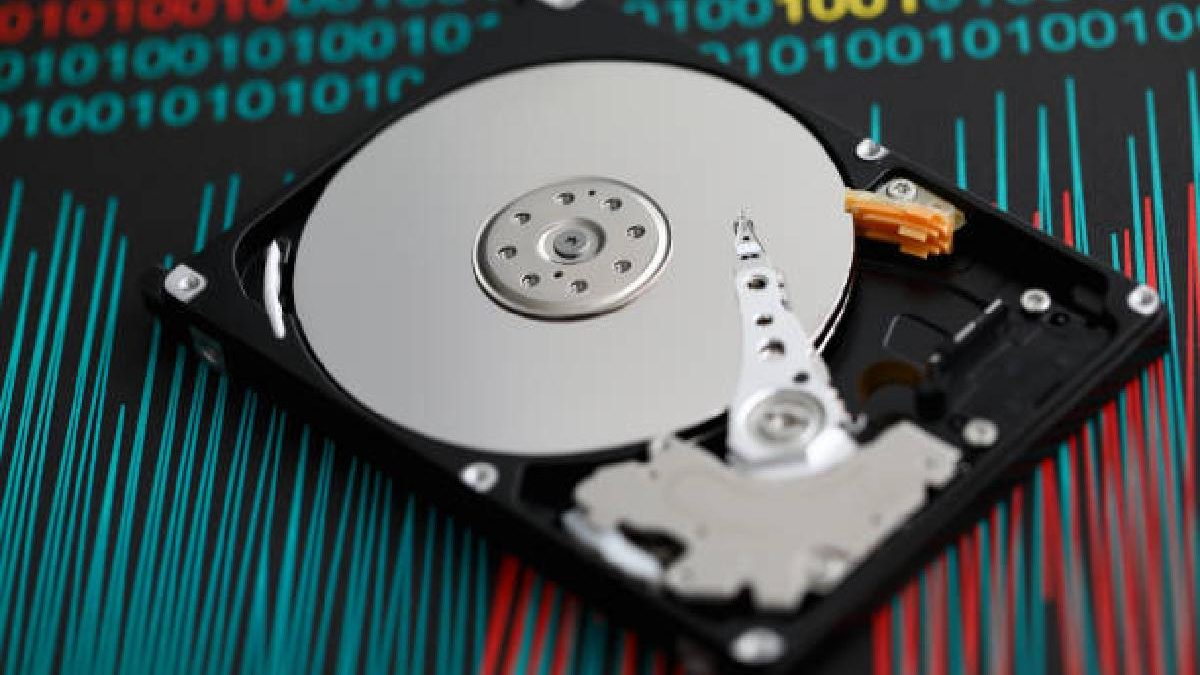Table of Contents
What is a Device Driver?
A device driver is a minor piece of software whose function is to tell the operating system and other software how to communicate with a bit of hardware.
For example, printer drivers tell the operating system and whatever program the document to remain printed is open in publishing the information precisely.
Sound card drivers are necessary for your operating system to accurately translate the 1’s and 0’s that make up an MP3 file into audio signals, allowing the hardware to send the sound through headphones or speakers. The same general idea applies to graphics cards, keyboards, monitors, etc.
Read on for more information on why drivers are essential, including more examples and information on how to keep your drivers up to date and what to do if they are not working optimally.
1. How exactly do the Drivers work?
Think of device drivers as translators between a device and a program that somehow wants to make use of that device. Different people or companies have created the software and hardware. They speak two different languages, so a translator (the controller) allows them to communicate with each other.
In other words, a program can provide information to a controller to send commands to hardware, report that the device driver understands, and that can remain consumed in conjunction with the hardware.
Thanks to device drivers, most software programs do not need to interact directly with hardware, just as a driver does not require intervention or interaction with users. Instead, the program and the controller need to know how to communicate with each other.
This is an outstanding fact for every user, considering the world’s vast number of software and hardware vendors. If these had to know how to communicate with the rest. The software and hardware manufacturing process would be practically impossible.
2. How to Manage Device Drivers?
Drivers generally install themselves automatically and never need much attention, leaving out occasional updates to fix bugs or add new features. It is the case of some drivers in Windows that downloads through Windows Update.
The drivers for each piece of hardware on your Windows computer-managed from the Device Driver, available in all versions of Microsoft Windows.
Here are some everyday tasks in Windows regarding drivers:
· How to update drivers in Windows
Many problems that can remain directed towards a particular piece of hardware are not problems. With the hardware itself but with the device drivers installed. Some of the resources listed above could help you solve a style problem.
3. More information about device drivers
Beyond the essential software-driver-hardware relationship, there are other exciting situations where drivers are involved.
Despite being rare these days, a specific software can communicate directly. With certain types of hardware – without the need for drivers! It is generally only possible when the software is sending elementary commands to the hardware. The same company has developed both, but this can also remain seen as a kind of built-in driver.
Specific controllers communicate directly with a device, while others are both unified.
Description:
In these cases, a program would communicate with one controller before that controller communicates with another. And so on until the last controller communicates directly with the hardware.
These “mediator” controllers generally do not fulfill any function beyond verifying that other controllers are working optimally. Whether one or multiple controllers are working “together”. All work is done in the background and without the need for you to know or do anything.
Windows uses.SYS files as executable device drivers, which means that they can be run only when necessary and thus not constantly occupy memory. The same is valid—KO modules on Linux.
WHQL is a Microsoft testing process, thanks to which the compatibility between a device driver and a specific version of Windows can remain verified. This way, you will know if the driver that you remain downloaded is certified by WHQL or not.
Another type of driver is virtual device drivers, used in conjunction with software virtualization. These work similarly to joint controllers, but virtual controllers can be disguised as real hardware to prevent the guest operating system from directly accessing the hardware. It led the guest operating system and its controllers to access the hardware as a non-virtual operating system.
In other words, while a guest operating system and its drivers interact with essential hardware components, virtual guest operating systems. And their drivers interact with virtual hardware through virtual device drivers. Which remain then relayed to the physical hardware in the hand of the guest operating system.

